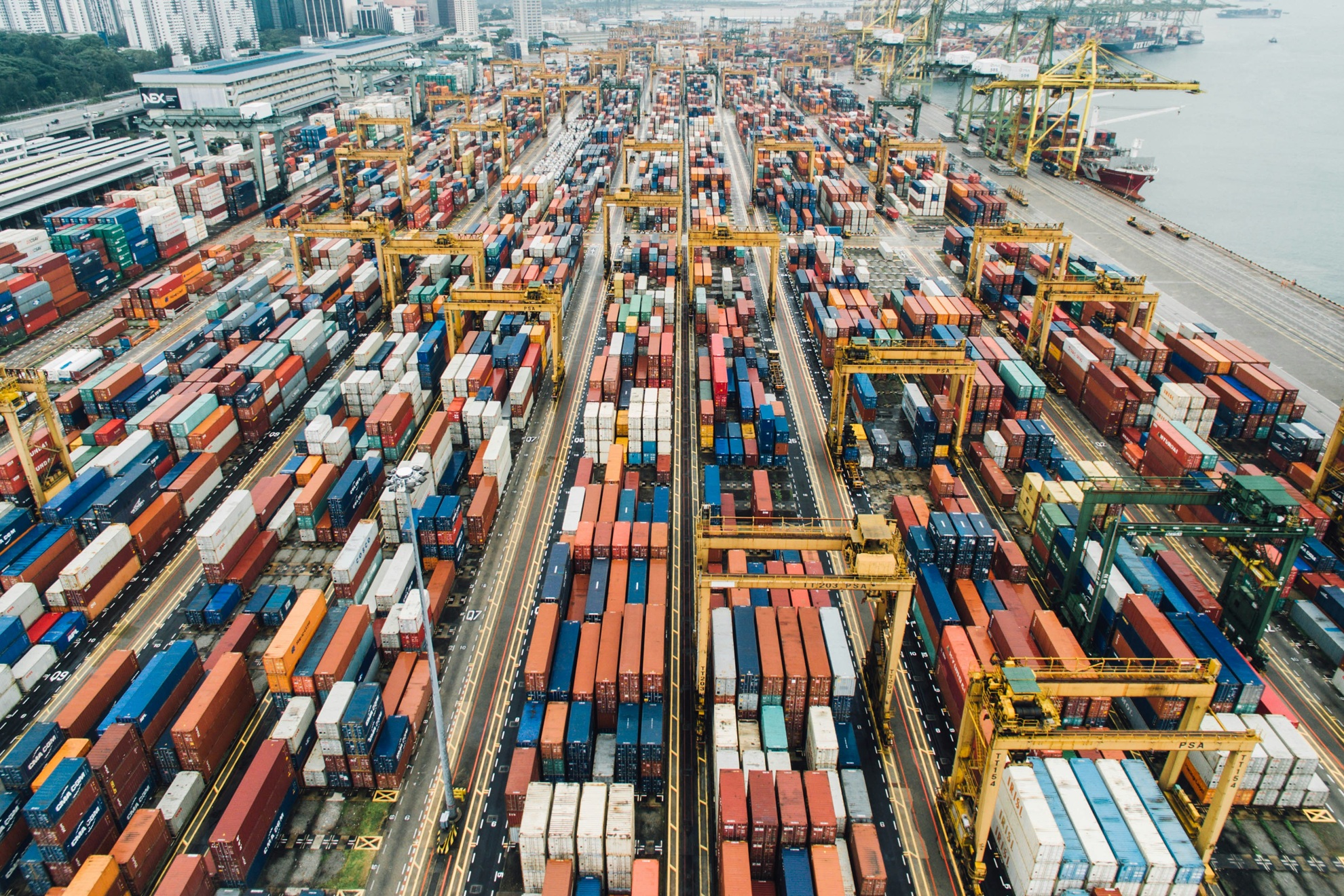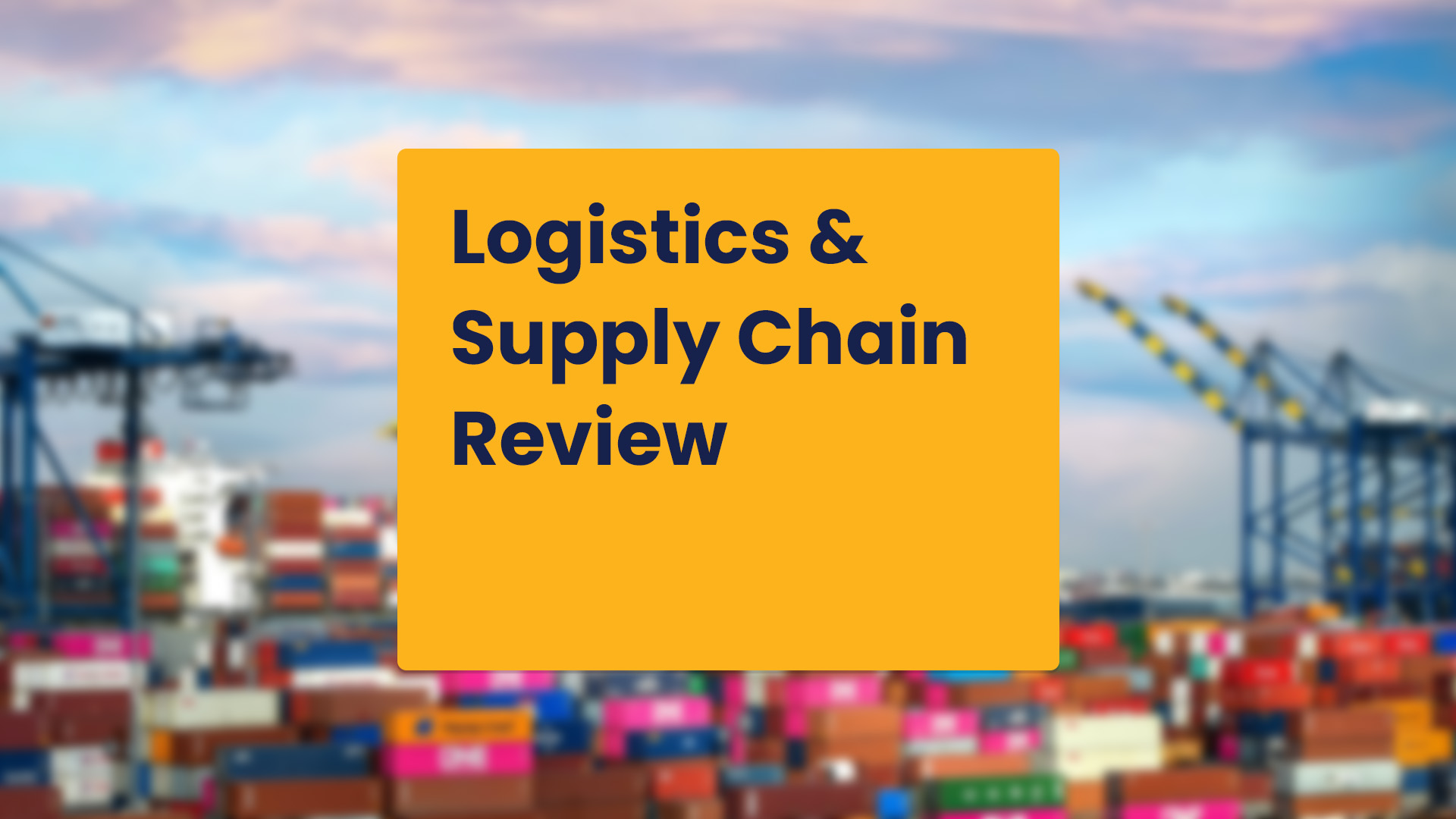The Future of Free Trade Zones: Are They Still Relevant in Global Trade?
Free Trade Zones (FTZs) have historically facilitated global commerce by offering benefits such as tariff reductions and streamlined customs procedures. However, recent shifts in the global trade environment, including increased protectionism, evolving trade policies, and heightened sustainability concerns, have prompted a reevaluation of their relevance.
Current Challenges Facing FTZs:
-
Protectionist Policies: The rise in trade restrictions and non-tariff barriers has complicated international trade, affecting the operations of FTZs.
-
Sustainability Concerns: Environmental regulations are becoming more stringent, requiring FTZs to adopt greener practices to remain compliant and competitive.
Adaptation Strategies:
To maintain their significance in global trade, FTZs are implementing several strategies:
-
Digitalization: Embracing technologies like the Internet of Things (IoT) and blockchain to enhance operational efficiency and transparency.
-
Sustainable Practices: Incorporating eco-friendly initiatives, such as energy-efficient infrastructure and waste management systems, to address environmental concerns.
-
Integration into Global Value Chains: Positioning themselves as essential nodes in international production networks to facilitate smoother trade flows.
Notable FTZs:
Several FTZs exemplify successful adaptation to the changing trade landscape:
-
Jebel Ali Free Zone (UAE): A key logistics hub in the Middle East, continuously evolving to meet modern trade demands.
-
Shanghai Free Trade Zone (China): Pioneering financial reforms and fostering innovation to attract global businesses.
In summary, while FTZs face contemporary challenges, their proactive adaptation through technological advancements, sustainable initiatives, and deeper integration into global trade networks underscores their enduring relevance in international commerce.
Myanmar Earthquake Fallout: Real Impacts on Tin, Garments, and Southeast Asia Logistics
The 7.7 magnitude earthquake that struck Myanmar on March 28, 2025, has had profound effects on the nation's key industries and logistics infrastructure.
Tin Production:
-
Mining Suspension: Myanmar, the world's third-largest tin producer, has seen significant disruptions in its tin mining operations, particularly in the Wa State, which accounts for 70% of the country's tin output.
-
Market Impact: The uncertainty surrounding tin production has led to a surge in global tin prices, reaching a two-week high of $36,140 per metric ton on the London Metal Exchange.
Garment Industry:
-
Factory Closures: The earthquake has exacerbated existing challenges in Myanmar's garment sector, leading to further factory closures and job losses.
-
Labor Challenges: The introduction of a conscription law in 2024 has intensified labor shortages, as workers are drafted into military service, disrupting production schedules.
Logistics and Infrastructure:
-
Port Damage: Key ports, including those in Yangon and Mandalay, have sustained damage, disrupting cargo handling and maritime operations.
-
Transportation Disruptions: The collapse of critical infrastructure, such as the air traffic control tower at Naypyitaw International Airport, has hindered both relief efforts and commercial transportation.
Recommendations for Supply Chain Professionals:
-
Assess and Diversify: Evaluate current dependencies on Myanmar's exports and consider diversifying sourcing strategies to mitigate risks.
-
Monitor Developments: Stay informed about the evolving situation in Myanmar to anticipate and respond to potential supply chain disruptions.
-
Collaborate with Partners: Engage with logistics partners to explore alternative routes and solutions to navigate the current challenges effectively.
In summary, the recent earthquake has significantly impacted Myanmar's tin production, garment industry, and logistics infrastructure, necessitating proactive measures from global supply chain stakeholders to address these disruptions.

March supply chain data craters following inventory pull-forward
In March 2025, the U.S. supply chain experienced a significant downturn, primarily due to an earlier surge in inventory levels prompted by anticipated trade policy changes. This proactive inventory accumulation led to a subsequent decline in freight volumes, as businesses had already stocked up in previous months. ryantrans.com
Key Highlights:
-
Freight Volume Decline: The FreightWaves SONAR Outbound Tender Volume Index (OTVI.USA) reported a 5.9% month-over-month decrease by the end of February, dropping from 11,097.14 in January to 10,438.37. This decline reflects reduced demand for freight services following the inventory buildup. ryantrans.com+1ryantrans.com+1
-
Spot Market Activity: After two consecutive months of growth, spot market load postings fell by 11.7% in February. Despite this monthly decline, spot volumes remained 14.8% higher compared to February 2024, indicating some resilience in the spot market. ryantrans.com
-
Cass Freight Index: The Cass Freight Index, which measures freight shipments across North America, recorded a 5.3% decrease in shipments and a 4.8% drop in expenditures in January. Both metrics were also below the previous year's levels, suggesting a broader slowdown in freight activity. ryantrans.com+1ryantrans.com+1
Contributing Factors:
-
Inventory Accumulation: In anticipation of potential tariff changes, companies accelerated their inventory purchases earlier in the year. This "pull forward" strategy resulted in elevated inventory levels, subsequently reducing the need for new shipments in March. ryantrans.com
-
Trade Policy Uncertainty: Ongoing uncertainties regarding trade regulations prompted businesses to adjust their supply chain strategies, leading to fluctuations in freight demand. ryantrans.com
Industry Outlook:
The combination of high inventory levels and decreased freight volumes underscores the challenges facing the supply chain sector. While seasonal factors and policy uncertainties continue to influence market dynamics, stakeholders are closely monitoring these trends to navigate the evolving landscape effectively. ryantrans.com
Get more articles like this in your inbox
Sign up for our monthly newsletter
Find more articles



